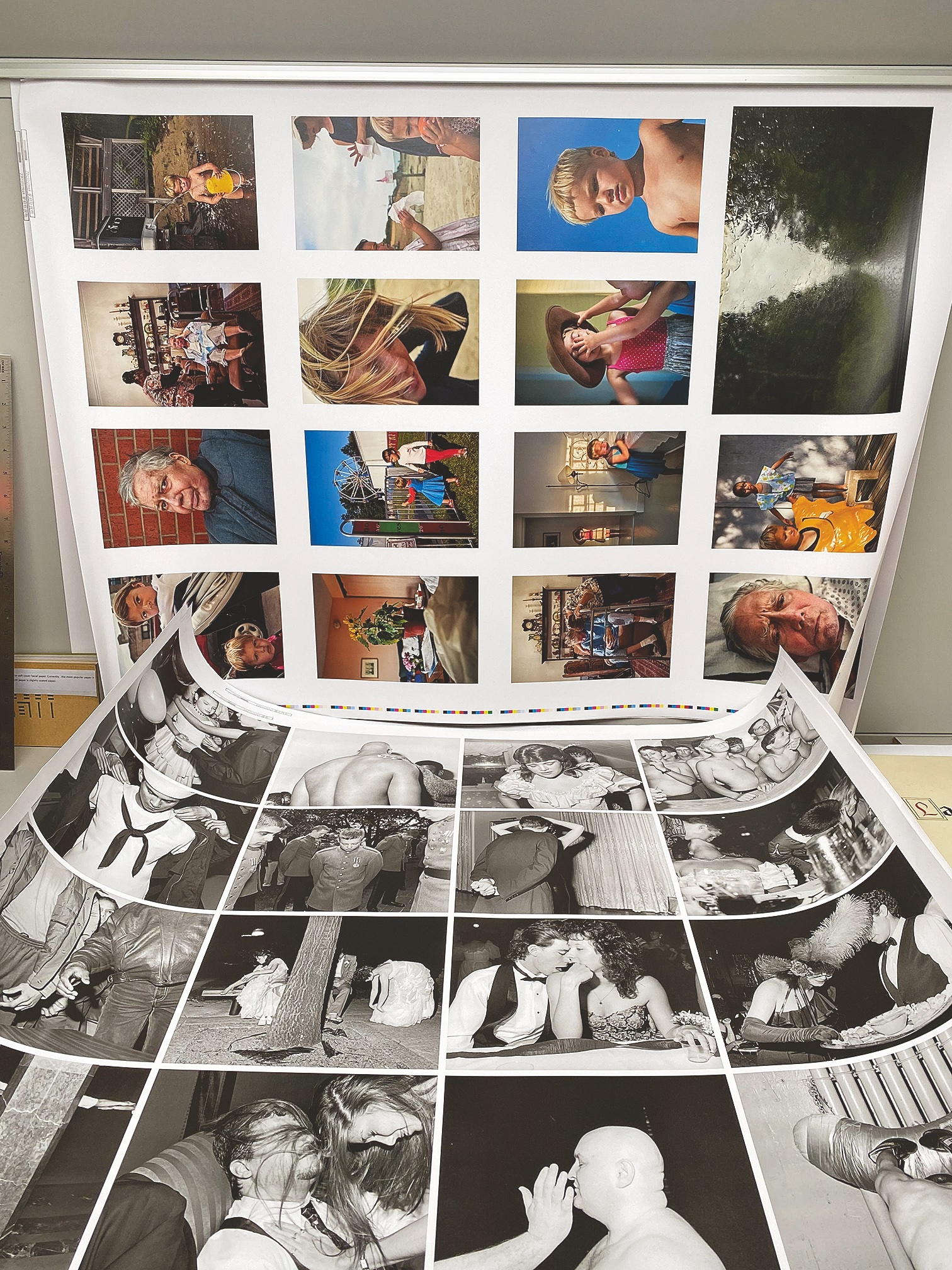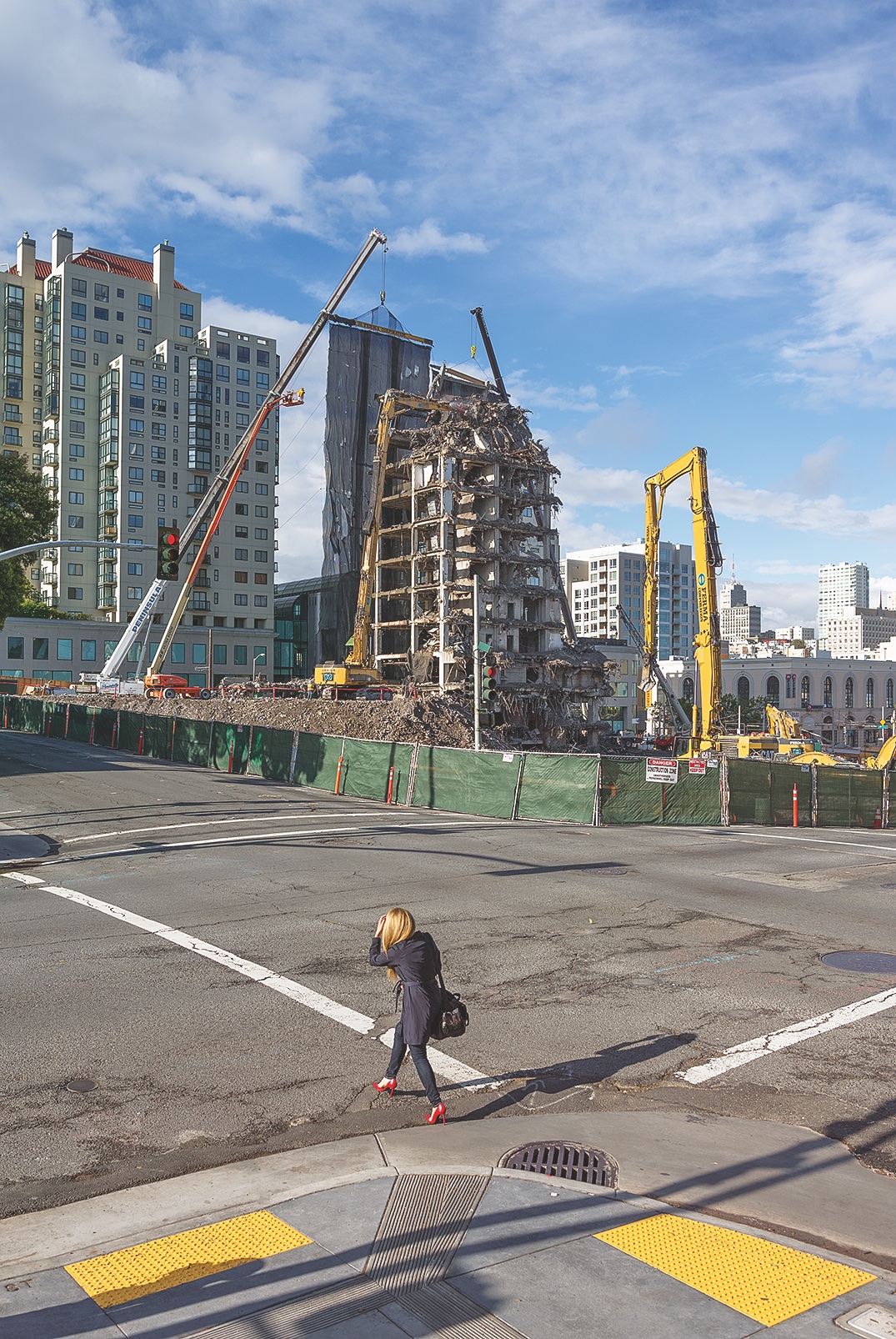This article is printed in the latest issue of British Journal of Photography magazine, Humanity & Technology, delivered direct to you with an 1854 Subscription.
The contemporary epicentre of the tech revolution, San Francisco has creative, bohemian roots that go back decades. Writer and associate director at Pier 24, Allie Haeusslein guides us through the artistic highlights of the shape-shifting city
The San Francisco Bay Area has long been a hub for creative and bohemian communities: the postwar literary Beat Generation; the 1950s Bay Area Figurative Movement; the 1960s hippie movement; the 1970s punk rock scene; and the 1990s Mission School movement. Photography, too, found a home in San Francisco. In 1945, Ansel Adams founded the country’s first ‘fine art’ photography department at the California School of Fine Arts (now San Francisco Art Institute, SFAI). The founding faculty included Imogen Cunningham, Dorothea Lange, Lisette Model, Edward Weston and Minor White. Many were pivotal to Group f/64, a movement of local photographers who broke with pictorialism.
Since then, the school has educated photographers such as Jim Goldberg, Annie Leibovitz, Catherine Opie and Larry Sultan. Goldberg and Sultan went on to teach at the California School of Arts and Crafts (now the California College of the Arts, CCA), attracting photographers such as John Chiara, Gregory Halpern, Todd Hido and Hank Willis Thomas. The San Francisco Museum of Modern Art (SFMoMA) has collected and exhibited photographs since the institution’s founding in 1935, leading the way as one of the first American museums to celebrate the medium as an art form. The nonprofits Friends of Photography and SF Camerawork opened respectively in 1967 and 1974, and Jeffrey Fraenkel, founder of the now internationally revered Fraenkel Gallery, opened his space in 1979.
That said, San Francisco’s social fabric has profoundly changed since the 2000s, due largely to the city’s rapidly expanding tech industry. The explosion in construction, decline of affordable housing, and steady migration of long-time residents (artists among them), has compromised the city’s much-beloved identity as a creative haven.
I am heartened, though, when I see how San Francisco’s deep relationship to photography continues to foster today’s thriving, tight-knit community of photographers, curators, gallerists, collectors, publishers and enthusiasts. Openings at institutions large and small, lectures and pop-up events often draw crowds, from photography students attending local art schools to well-known photographers such as Janet Delaney, Chris McCaw and Richard Misrach.
A promising moment came this April, when the city announced a pilot scheme providing monthly stipends of $1000 to 130 artists. San Francisco’s mayor, London Breed, explained, “We knew this health crisis would impact artists, and artists of colour in particular. If we help the arts recover, the arts will help San Francisco recover.”
Minnesota Street Project
minnesotastreetproject.com
@minnesotastreetproject
After years of impoverished artists leaving and galleries shutting up shop in San Francisco, Minnesota Street Project opened in the city in 2016. “We started MSP with a strong commitment to using our spaces and programming as a means to build bridges between the Bay Area’s visual arts community and the community as a whole,” explains Andy Rappaport, who together with his wife Deborah envisioned and founded the arts enterprise. Situated across three renovated warehouses in the Dogpatch district, MSP offers affordable spaces for galleries, artists and arts-related nonprofits. The architectural design marries vestiges of each building’s industrial past with light-filled, airy and modern studios. In the public atrium, lectures, nonprofit fundraisers and events such as the annual SF Art Book Fair regularly take place.
MSP is an essential destination for anyone with an interest in contemporary art. There are 13 fine art galleries (in addition to rotating pop-ups), presenting work by the likes of Dawoud Bey, Jim Goldberg, Anouk Kruithof, Richard Mosse, Vik Muniz, Trevor Paglen, Sara VanDerBeek and Awoiska van der Molen, among many others. Located up the road at the 25th Street compound, the McEvoy Foundation for the Arts is not to be missed. Since opening in 2017, its diverse exhibitions have included Michael Jang’s California, Isaac Julien’s impactful Lessons of the Hour, and Orlando, the travelling Aperture exhibition curated by Tilda Swinton.
One building (not open to the public) houses private studios for over 40 visual artists, including locals Sean McFarland, Klea McKenna, Marcela Pardo Ariza and Richard T Walker, all of whom work with the photographic medium. For photographer Erica Deeman, having her studio at MSP has “made it easier to let my work breathe, giving room to understand the nuances of my connections and creations. Most importantly, it has allowed me to forge deep connections with other Black creatives, forming community and a strong support network.”
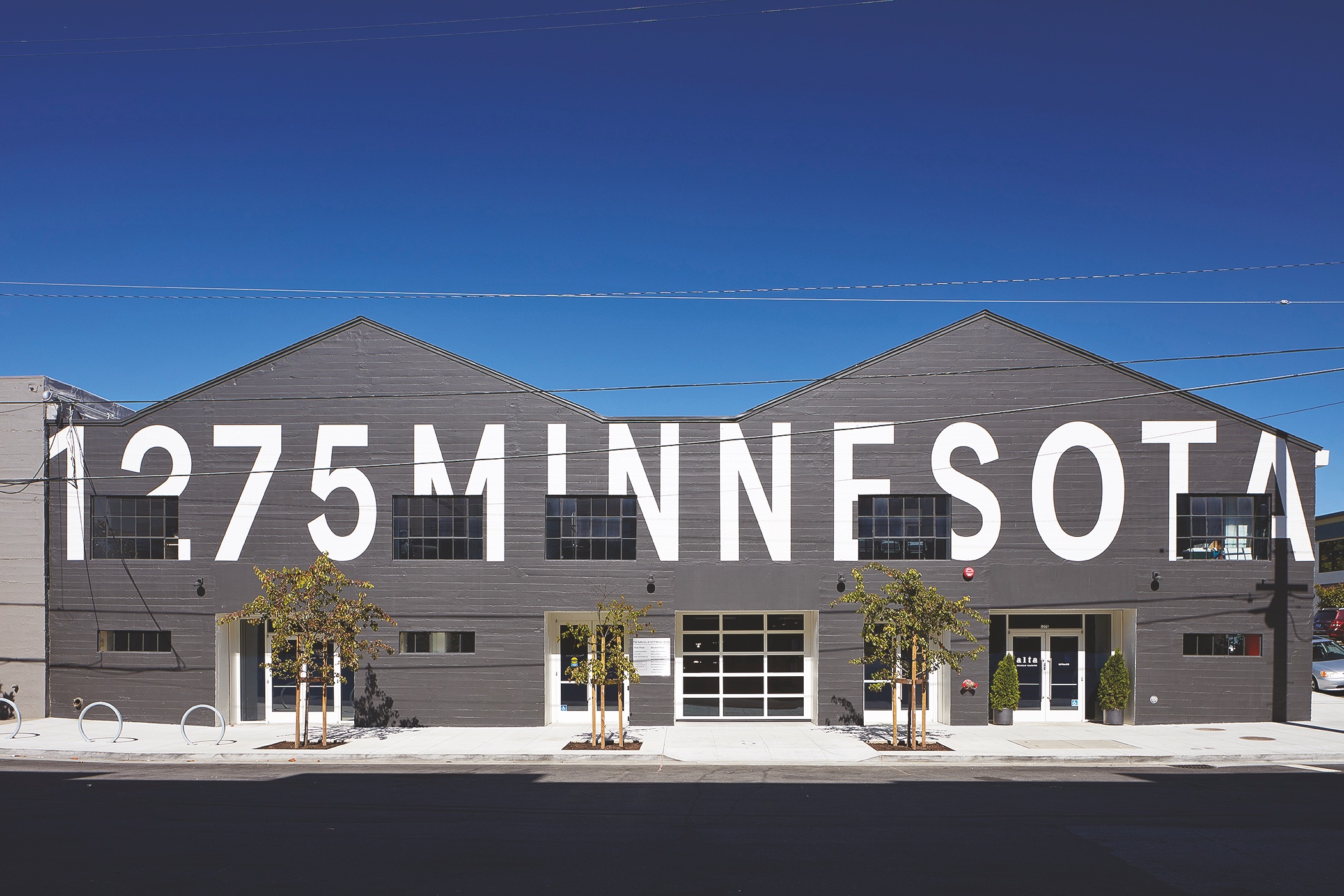
Close up
Harvey Milk Photo Center
In operation for over 75 years, the Harvey Milk Photo Center houses the oldest and largest community wet darkroom in the US, in addition to a full digital lab and regular classes, workshops, lectures and exhibitions.
Adrian Martinez
@berlinbrrr
“When I first visited San Francisco, I was captivated by the unique and welcoming culture – particularly its arts and music scenes, and the skateboarding and zine communities,” photographer and Los Angeles native Adrian Martinez recalls. In 2008, he relocated to San Francisco for school and never looked back.
“Initially, my practice was fuelled by learning about San Francisco’s deep photo history,” Martinez explains. Local photographers such as Janet Delaney, Michael Jang, Mimi Plumb and his frequent collaborator and good friend, Austin Leong, have all inspired him. He also cites the importance of the late Bay Area photographer Henry Wessel. Wessel’s ability to blend the playful and poignant resonates in Martinez’s pictures.
Since 2015, Martinez has been photographing around Stow Lake, the largest body of water in San Francisco’s iconic Golden Gate Park. Visitors’ understated interactions with other park-goers, the natural landscape and the wildlife characterise this body of work, as does a kind of unresolved tension contained within each picture’s frame.
Like the majority of artists living in the Bay Area, Martinez wears several hats in addition to being a photographer. He serves as an administrator in the photography department at the San Francisco Museum of Modern Art, and in 2016 co-founded illetante collective, a small publishing imprint which has released 25 titles, including three focusing on his own projects. “I feel lucky to be a part of it all,” he says. “All my experiences have solidified a desire to continue developing projects with and alongside the many brilliant photographers and artists who live here.”
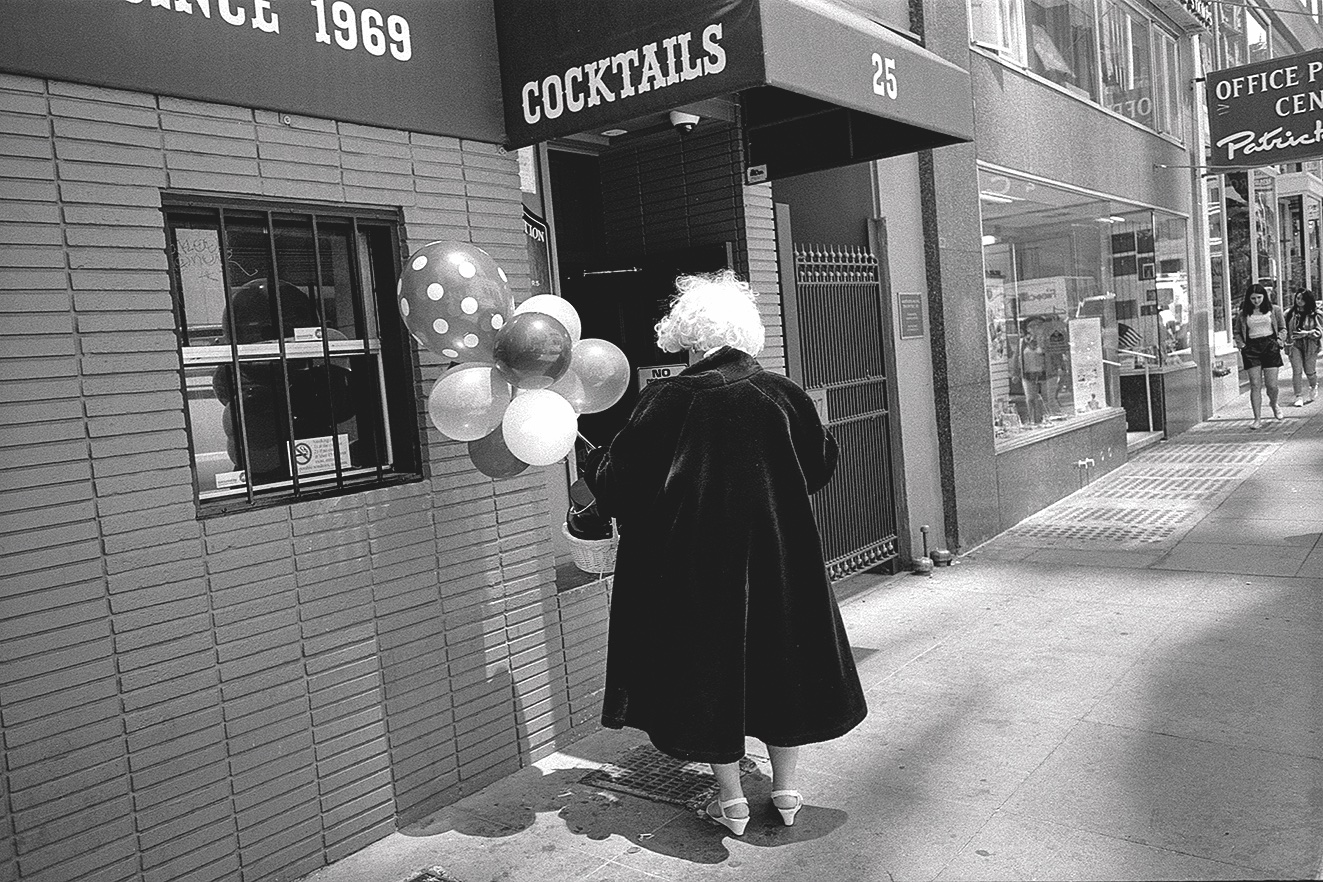
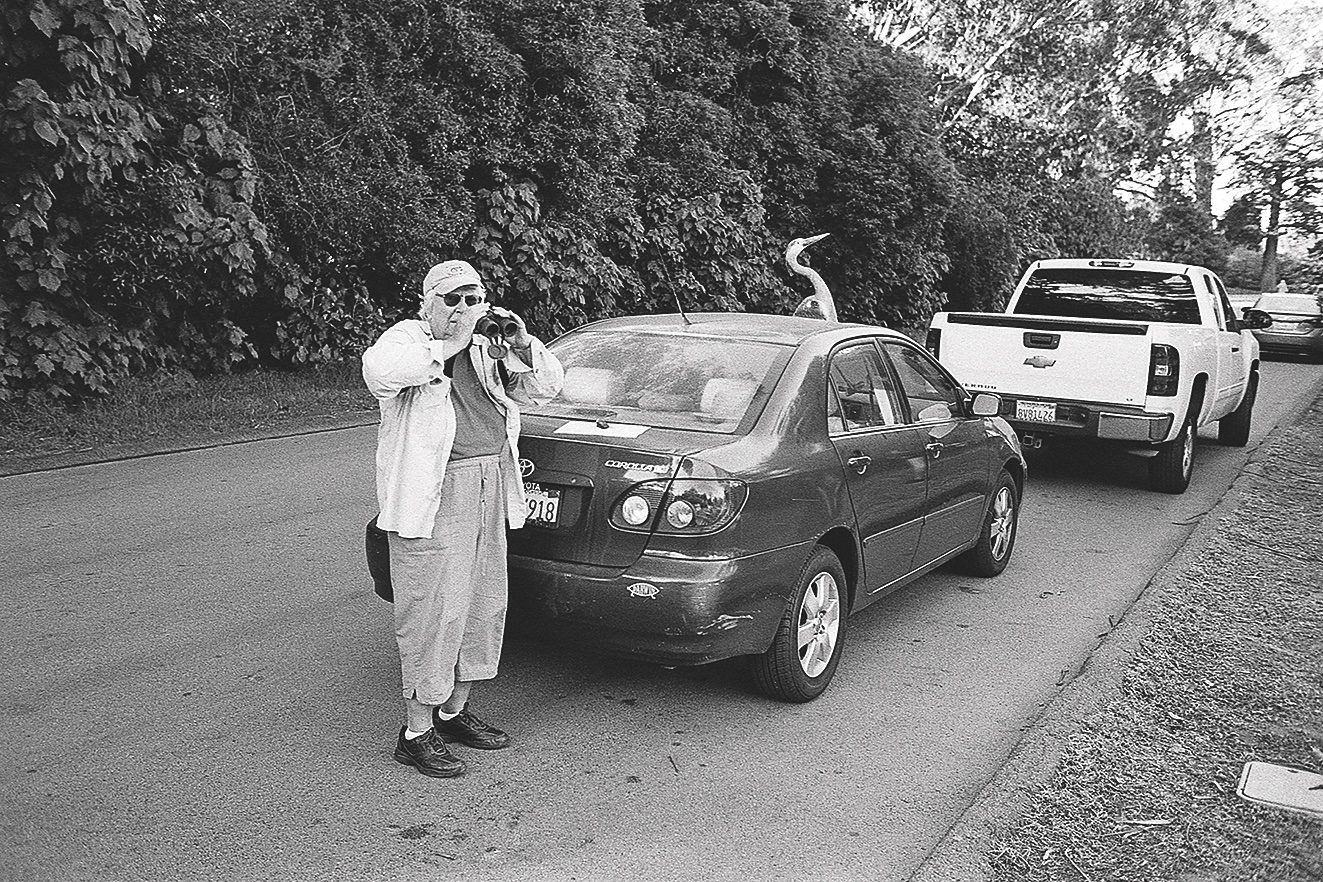
Pier 24 Photography
pier24.org
@pier24photography
Located on San Francisco’s Embarcadero directly beneath the Bay Bridge, Pier 24 Photography is one of the – if not the – largest spaces devoted to photography in the world. And in this age of ever-increasing museum admission fees, entrance here is free of charge. The 28,000 square foot space opened to the public in spring 2010 and curates its large-scale exhibitions from the Pilara Foundation Collection, which is comprised of over 5000 photographs assembled by San Francisco native Andrew Pilara and his wife, Mary. Previous exhibitions have examined longstanding tropes in the medium – such as portraiture and the landscape – in addition to more timely explorations, including the intersection of photography and appropriation, and the social and cultural fabric of contemporary America.
Drawing inspiration from the meditative experiences at institutions like the Rothko Chapel in Houston, Texas, Pier 24 Photography admits a limited number of people during two-hour appointment sessions. This fosters a quiet, contemplative experience and gives visitors the rare opportunity to often find themselves alone in a room of photographs. Viewers engage with the images on their own terms – context or other interpretive information is confined to a printed guide, enabling viewers to choose when to consult these details. This kind of experience can be intimidating at first, but often proves more meaningful as viewers intimately engage with the pictures on walls devoid of wall text.
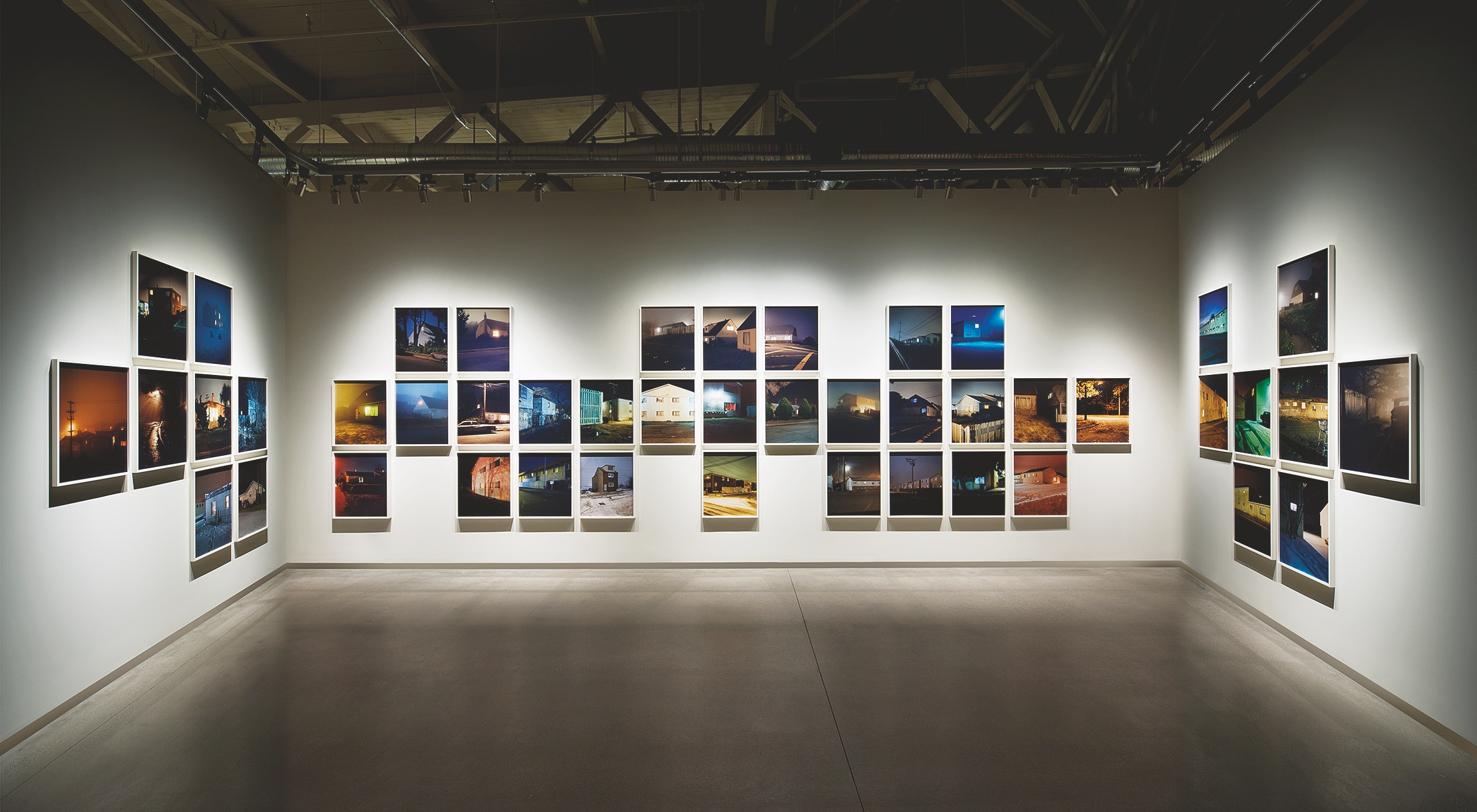
Close up
Green Apple Books
Just down the block from Park Life, Green Apple Books is one of the best bookstores in the city. A decent selection of new and used photobooks are available on the second floor.
SF Art Book Fair
sfartbookfair.com
@sfartbookfair
“The San Francisco Art Book Fair originated from the idea of bringing a version of Printed Matter’s NY and LA Art Book Fairs to the city,” explains the co-founder, Jamie Alexander. On the inaugural night of SFABF, at 1275 Minnesota Street in 2016, the space was packed as a queue snaked around the block. “There was definitely a ‘where have all these people been?’ moment,” Alexander remembers.
Since then, this multiday festival, normally held annually in July, has continued to expand and thrive. Co-organised by Colpa Press, Park Life and Minnesota Street Project, this free event grew from around 70 exhibitors and 7500 attendees in 2016, to 110 exhibitors and 10,000 attendees in 2019. The fair aims to highlight the Bay Area’s varied art publishers while engaging national and international art-book publishers with the local community. Photography-specific exhibitors range from California-based publishers like Deadbeat Club, The Ice Plant and Nazraeli Press to those further afield including Aperture, J&L Books, Here Press, Kris Graves Projects and Mörel Books. Countless signings, book launches, screenings, panel discussions and artist talks are scheduled throughout the weekend. And since SFABF takes place at Minnesota Street Project, many, if not all, of the galleries there participate with tables of publications, book-related exhibitions, or other related programming.
When the 2020 edition was cancelled due to the pandemic, the organisers made a timely pivot. In lieu of the event they offered the 2020 SFABF Publishing Grant, which was awarded to 15 nominated BIPOC publishers.
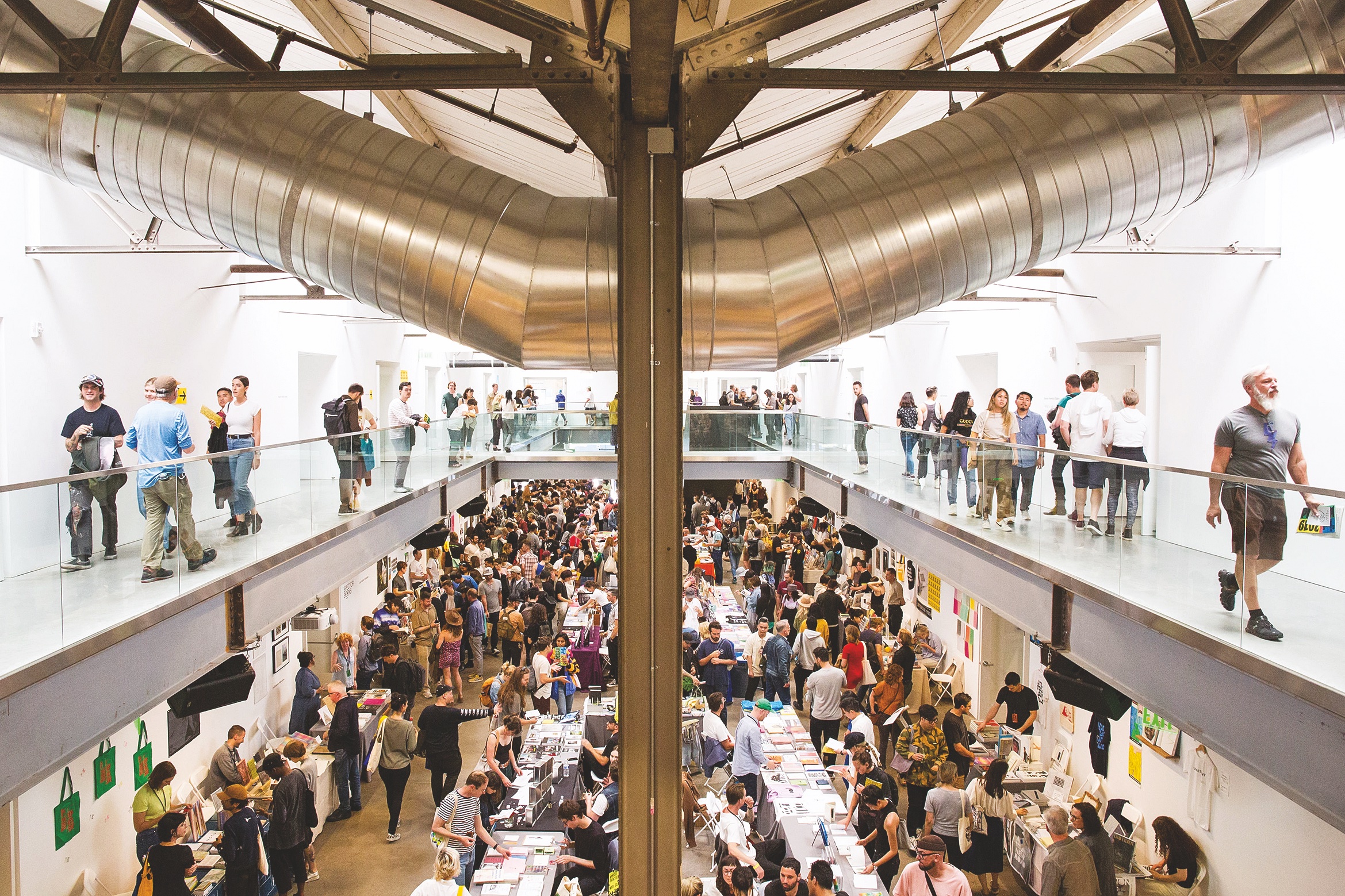
SF Camerawork
sfcamerawork.org
@sfcamerawork
The not-for-profit SF Camerawork was founded in 1974 with the mission of promoting emerging photographers and encouraging diverse approaches to the medium; Hal Fischer, Donna-Lee Phillips and Lew Thomas – three influential conceptual photographers of the period – were among those involved in establishing the cooperative organisation. SF Camerawork fearlessly mounted early-career solo exhibitions for Joel-Peter Witkin (1982), Allan Sekula (1985), Uta Barth (1994), Todd Hido (1997), Gregory Halpern (2007) and Meghann Riepenhoff (2016), just a few of the exhibited artists that are now well-known names. It has organised compelling (and, in some cases, prescient) thematic exhibitions about photography in California, photomontage, identity politics, and digital photography. Over the years, it has prioritised collaborations with local education institutions, including California College of the Arts, City College, San Francisco Art Institute, and San Francisco State University. It also hosts monthly members’ critiques, regular artist lectures and discussions, workshops, and an annual juried exhibition.
While the gallery was closed during lockdown, the nonprofit expanded its online programme with artist talks, panels and digital shows. Once reopened, it will exhibit the Chicago-based artist Aimée Beaubien’s site-specific work, Matter in the Hothouse. Beaubien is the inaugural recipient of the SF Camerawork Exhibition Award, which includes a $5000 project grant.
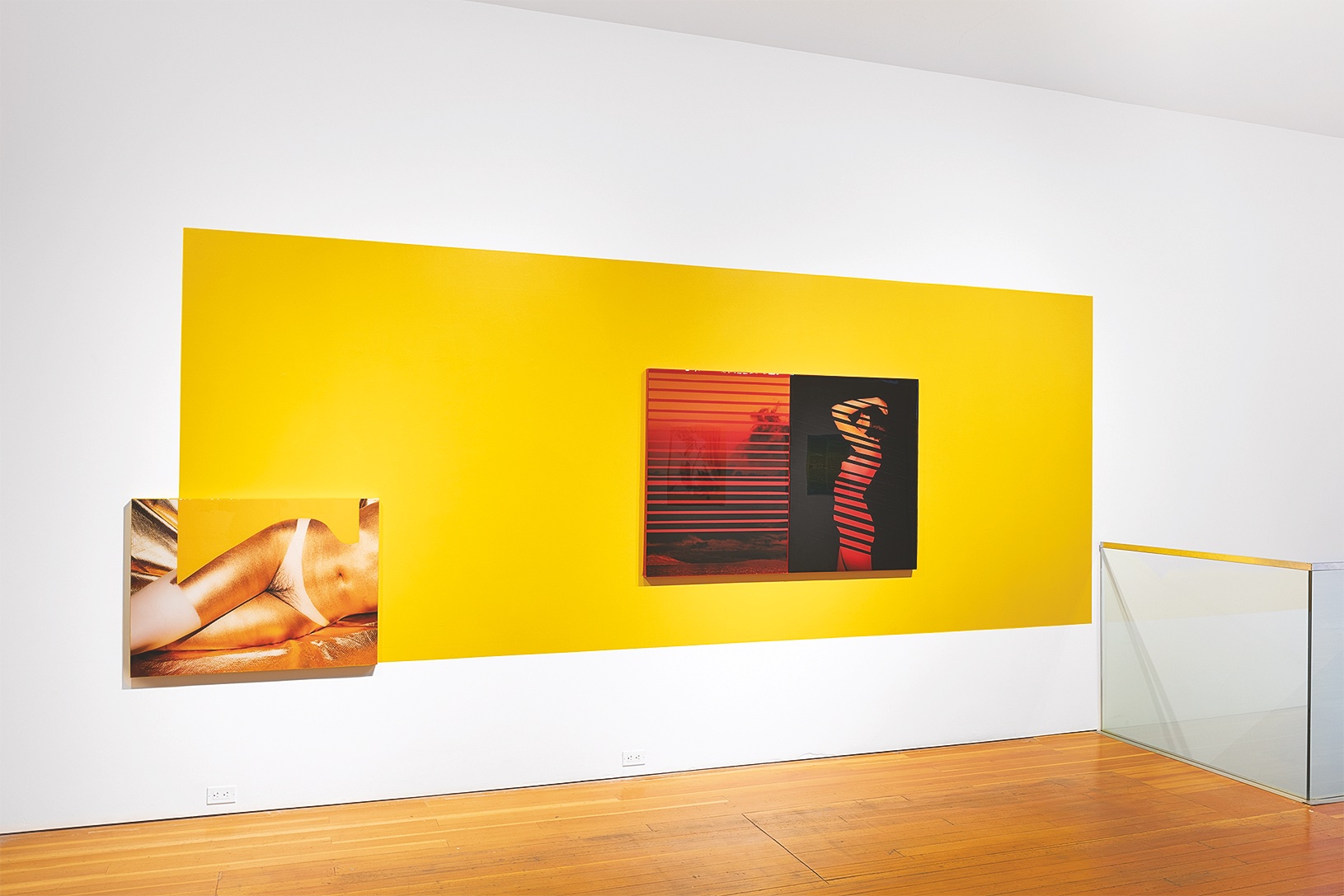
On our radar
Chanell Stone
Last year, Chanell Stone had her first museum solo exhibition at the Museum of the African Diaspora (located in San Francisco) and was the inaugural artist-in-residence at the recently established Black (Space) Residency, based at Minnesota Street Project.
Daniel Postaer
Daniel Postaer’s poignant body of work, Boomtown, explores San Francisco’s profound evolution over the past decade.
TBW Books
@tbwbooks
At California College of Arts and Crafts (now CCA), Paul Schiek studied under Jim Goldberg and Larry Sultan. “There were classes dedicated specifically to photobook-making, which were life-changing for me,” he says. In 2006, Schiek founded TBW Books, an independent publishing imprint based in Oakland. His first project included four similarly designed and formatted books, each devoted to a different photographer’s work. “While each book is unique, they are designed and edited to work together in conveying a cohesive visual theme,” he writes on TBW’s website. He has since published six more of these Annual Series collections – which regularly sell out – with volumes dedicated to Viviane Sassen, Alec Soth, Mark Steinmetz, Wolfgang Tillmans and Carmen Winant.
TBW’s publishing itinery has grown to include thoughtful, tightly edited and well-crafted monographs, from both lesser-known and established photographers, a number of whom are based in the San Francisco Bay Area. Titles from the past five years include: Carolyn Drake’s Knit Club, Ken Light’s Midnight La Frontera, Mimi Plumb’s Landfall, Gus Powell’s Family Car Trouble, and Ayu No Kaze by Asako Shimazaki.
When asked what inspires him to continue making photobooks, Schiek replies, “I have what can only be called an addiction to photography and to books. So while it honestly makes no sense on a practical level, I don’t have a choice but to keep making them.”
